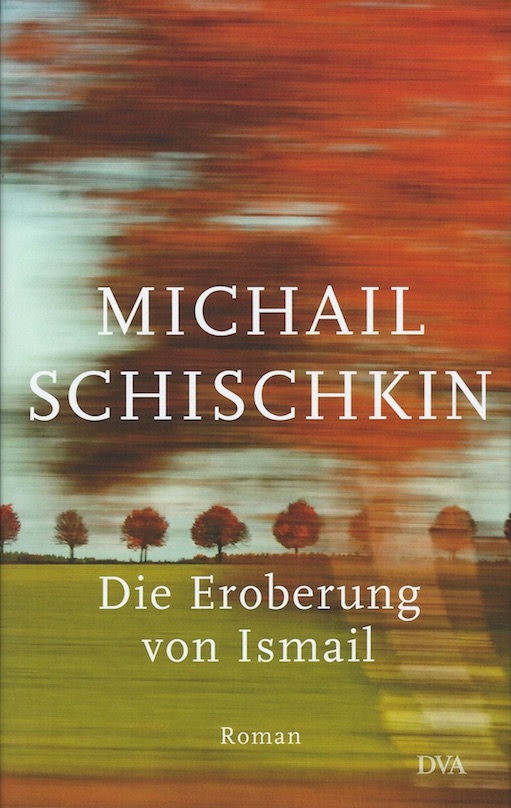
In Volodya’s terms, “this railway halt, this lamp, the blows of the hammer on the axle boxes, the chirring of grasshoppers from the window of the telegraph office -it’s all me. The Light and the Dark asks its readers to consider experience as an all-encompassing phenomenon.

“There are no letters that are someone else’s,” the painter nicknamed “Chartkov” muses. And from the letters’ point of view we’re already dead. “And not just any person but one for whom it is important to know that you exist.” We, too, as readers, become real by participating in this exchange: “Because we’re going to die too. The novel is also a story of the relationship between a self and its better half: “Probably, in order to become real, you have to exist, not in your own awareness but in the awareness of another person,” writes Volodya.

This “letter-book,” as the title indicates in the original Russian, is the record of the correspondence between Sasha and Volodya, two lovers separated by war.

Mihkail Shishkin’s The Light and the Dark is that rare work. Very rarely does a book aim to tell not only the story of its writer, but also that of its possible readers-all of them, including those who will never read it.


 0 kommentar(er)
0 kommentar(er)
